“A superstar lecturer can explain things in such a way as to make students feel like they are learning more than they actually are.” Louis Deslauriers
Fiction. According to a new Harvard study, published Sept. 4, 2019 in the Proceedings of the National Academy of Sciences, students learn more when taking part in active learning rather than in lectures.
It is true that active learning requires more effort on the part of students, which they may misinterpret as a sign of poor learning. To better engage students in active learning, this mistaken belief may need to be acknowledged and dismissed at the beginning of a class, possibly using the data from the study.
May your learning be sweet.
Deborah





